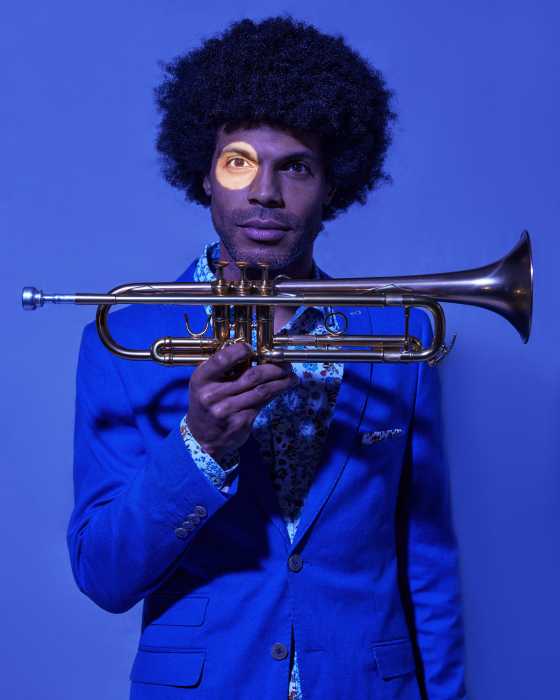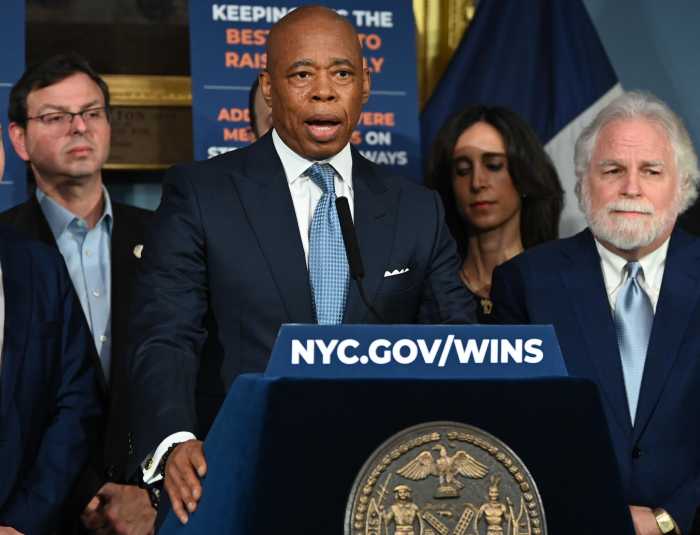The old city Board of Estimate included the five borough presidents and, as a result, they possessed to some degree legislative power. The board was declared unconstitutional because the numerical populations in each borough were not the same.
A borough president in a borough with less population than another should not have the same legislative power. The Board of Estimate was disbanded and the legislative authority now rests with the City Council, where it belongs. The mayor, as chief executive, has some power, but the Council runs the show.
Since borough presidents no longer had any legislative authority, there was no basis to retain the office. Politics being what it is, the public foolishly retained the office, not realizing it had no such power. The office was given some limited land use authority subject to being overruled by the Council, which has the last say. The office was given some discretionary authority to disburse some funds in terms of the city’s budget.
The funds are disbursed by the borough president. In the final analysis, the office of borough president, which costs taxpayers tens of millions of dollars annually, has been nothing more than a useless patronage mill.
I take issue with former Borough President Claire Shulman’s claim that without the office, most of the important resources would go to Manhattan. Each borough has Council members who outnumber those in Manhattan, so there is no way they could be disenfranchised by Manhattan members. Shulman’s claim is political nonsense.
Equally nonsensical is the claim she made that the office is a powerful voice for the county. I doubt she can point out a dozen important changes she accomplished in all her years in office that significantly changed the lives of Queens residents for the better. Her reference to a sewer system in southeast Queens ignores the fact that she sat by and watched Willets Point property owners being charged sewer rent despite the fact that there were no sewers and she made no effort to have sewers installed and infrastructure repaired.
Her boasting about Flushing Meadows Corona Park, except for a possible playground, falls flat. She did not oppose a grand prix race track in the park or more than 40 acres of parkland given to the United States Tennis Association and its current application to expand. She never objected when her successor, Helen Marshall, urged the construction of a New York Jets football stadium in the park.
Her claim that she saw cultural institutions rise in the park demonstrates a lack of understanding about what urban parks are about. Parks are for passive use, not huge cement, brick and steel structures. In all the years from Donald Manes through Shulman and Marshall, except for structures that do not belong there to begin with, there has been no significant help for Flushing Meadows, and a walk around the park demonstrates its abysmal condition.
We have a Council. We do not need a borough president. Its budget could be spent more wisely.
Benjamin M. Haber
Flushing




































